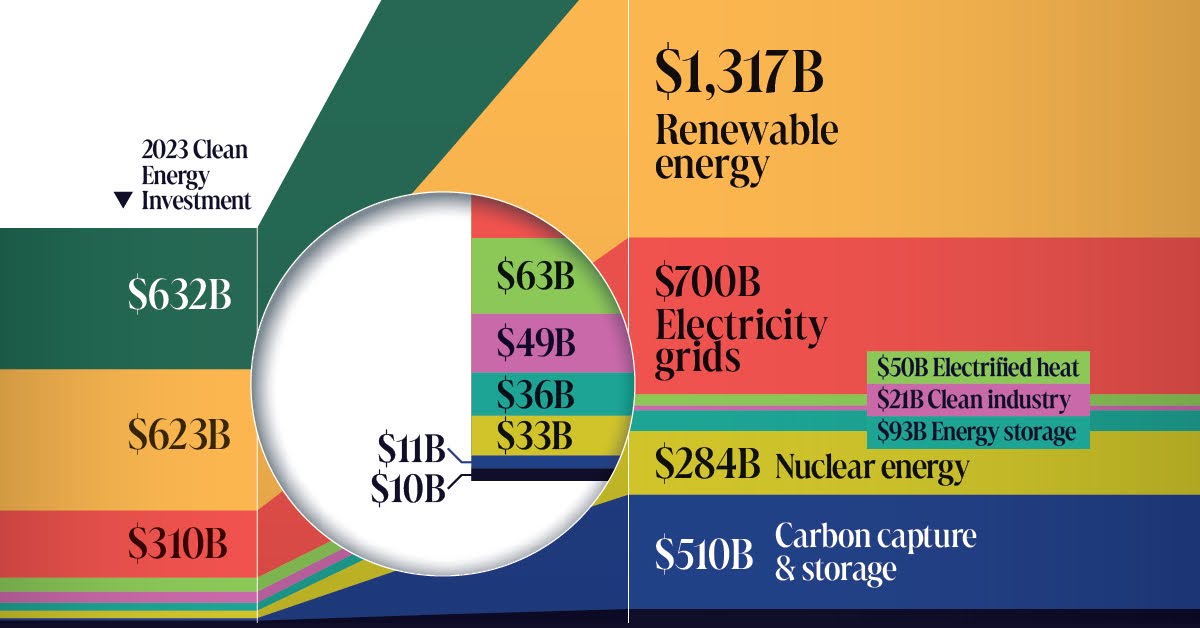
In today's urgent climate crisis, green energy startups face a pivotal moment. The Inflation Reduction Act and similar global initiatives have opened doors for clean energy innovations, but challenges persist around energy security and economic impacts.
TappGreen, having worked with numerous green energy companies, has identified a common hurdle: perfecting the pitch deck throughout the funding journey. This guide aims to help you create a pitch deck that resonates with investors, policymakers, and industry leaders alike.
In our attention-starved world, brevity is key. Studies show the average human attention span is just eight seconds, with investors typically spending less than four minutes on a pitch deck. Successful companies like Airbnb have embraced this reality, creating concise, impactful presentations.
Many green energy entrepreneurs struggle with conciseness, perhaps due to the complexity of their innovations. However, as Albert E. reportedly said, "If you can't explain it simply, you don't understand it well enough."
Mastering the art of pitching is crucial for green energy ventures. A well-crafted pitch deck can unlock funding, fueling innovation and impact in the renewable energy sector. Let's explore how to create an effective pitch deck that captures attention and communicates your vision clearly in this dynamic landscape.
Start with a professional slide featuring your company name, logo, and a concise tagline. For instance, "SolarFlex: Powering the Future with Flexible Solar Technology" or "WindPeak: Maximizing Energy Capture in Low-Wind Conditions.
Begin with a compelling statistic or projection. For example: "By 2050, 90% of electricity could come from renewable sources, with solar and wind accounting for 70% of this share. Our technology is poised to accelerate this transition."
Clearly articulate the energy challenge you're addressing. This could be the intermittency issues with current solar and wind technologies, the need for more efficient energy storage, or the challenges of integrating renewables into existing grids.
.png?width=700&height=100&name=TappGreen%20Ebook%20Banner%20(4).png)
Introduce your green energy technology. For instance, if you're working on perovskite solar cells, explain how they improve upon traditional silicon cells in efficiency and manufacturing cost. If you're developing a new type of grid-scale battery, highlight its advantages in capacity and longevity.
Explain what sets your technology apart. This could be higher efficiency, lower costs, easier integration with existing infrastructure, or resilience to extreme weather conditions.
Show the growth potential in your specific sector. For example, highlight projections for the expansion of offshore wind farms or the increasing demand for green hydrogen in industrial processes.
Explain how you'll monetize your technology. This might include selling solar panels directly to consumers, licensing your wind turbine design to manufacturers, or providing energy storage as a service to utility companies.
Use visuals or prototype images to illustrate your innovation. For a new solar technology, you might show its performance under various light conditions. For a wind energy solution, demonstrate how it captures energy more efficiently than current models.
Highlight team members with relevant expertise in renewable energy, electrical engineering, materials science, or energy policy. Include advisors from established energy companies or research institutions.
Explain your plan for market entry. This could involve partnering with major utilities for pilot projects, targeting specific geographic markets with favorable renewable energy policies, or focusing on particular sectors like residential solar or industrial energy storage.
Present realistic forecasts, including metrics specific to your technology. For solar, this might be cost per watt or levelized cost of electricity (LCOE). For energy storage, include projections on cost per kilowatt-hour of storage capacity.
Highlight achievements such as successful pilot projects, partnerships with energy companies, or grants received from clean energy initiatives. Include future milestones like planned full-scale demonstrations or target dates for commercial deployment.
Clearly state your funding requirements, breaking down allocation for areas like R&D, scaling production, or market expansion. Relate this to specific goals, such as bringing your solar efficiency from 25% to 30% or reducing battery production costs by 40%.
Paint a picture of the environmental and economic impact of your technology at scale. This could include projections of carbon emissions reduced, jobs created in the green energy sector, or contribution to energy independence.
End with a clear next step, inviting investors to be part of the clean energy revolution or offering policymakers a chance to support a technology that aligns with their energy transition goals.
By following this structure and adapting it to your specific green energy innovation, you can create a pitch deck that not only showcases your technology but also demonstrates its potential to drive significant change in the evolving energy landscape. Remember to stay informed about policy developments and market trends, and be prepared to adjust your pitch to address current priorities in the clean energy sector.
In Green Tech, standing out and driving impact quickly is crucial. That's why we've crafted the Tapp Green Blueprint Session — 45 minutes of focused, strategic planning designed to elevate your marketing efforts instantly.
Let's make it happen! Schedule your consult here.
Joseph DiGiovanni,
Co-Founder Tapp Network / Tapp Green
Joe@TappNetwork.com
Discover "The Green Tech Marketing Playbook" to unlock tactics tailored specifically for the renewable energy sector – grab your free copy now!


Joe DiGiovanni, a purpose-driven entrepreneur with a background in behavioral science and marketing technology, co-founded Tapp Network, driving digital transformation for government agencies, Fortune 100 brands, and communities seeking to scale social impact through innovation.